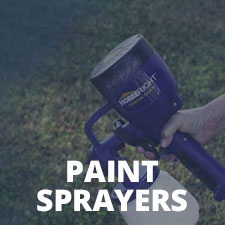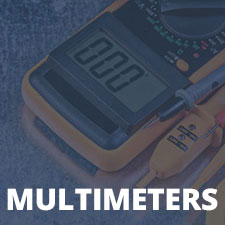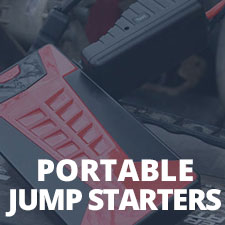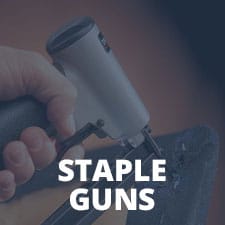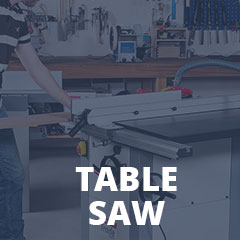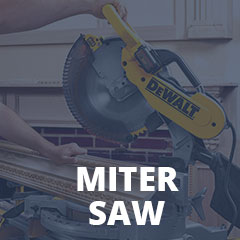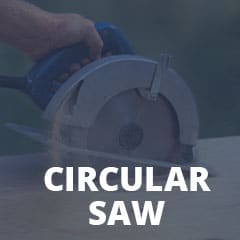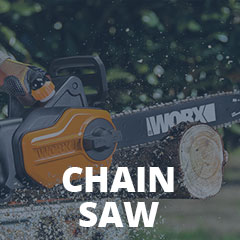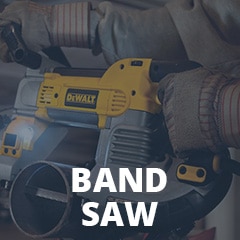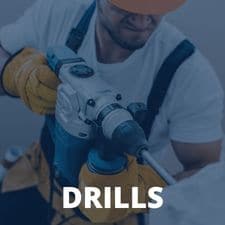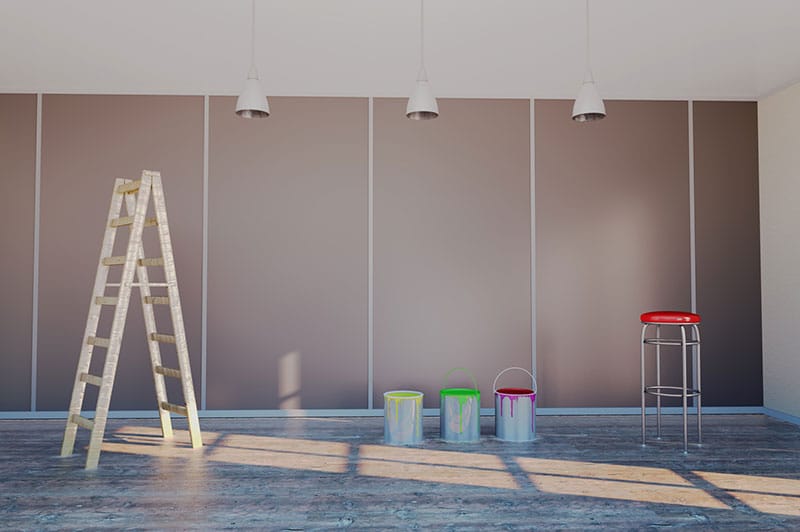
How to Pick the Best Paint Sprayers
Capacity
The size of the DIY or contractor project should determine the size of the sprayer you choose.
For those looking to use their unit intermittently, or on small-scale jobs, a handheld sprayer will be more than sufficient. Guys tackling more significantly-sized work — such as a home exterior respray or extensive border fencing — should opt for an external drive turbine. And for those DIYers looking for both rapid coverage and the ability to deliver the most viscous of mediums, you need a mighty airless unit.
Power Output
Bigger isn’t always better. Machines with impressive grunt — such as the 3000 PSI delivered by the prosumer Graco X5 — allow you to knock out dense paints and provide speedy area coverage. However, unless you can step-down the pressure, these units will create overspray and pooling when used with thin mediums like stains. Furthermore, on fine-finishing projects — such as car resprays and furniture touch-ups — you need slow and steady delivery, as provided by HVLP turbines and pneumatic guns.Nozzle/Tip Size
The nozzle is the business end of the paint sprayer, where the covering medium is atomized and formed into a fine plume to address your base material.
Generally speaking, for thick paints such as latexes, chalks, and milks — opt for a large diameter nozzle such as the 2.0 mm tip on the HomeRight Finish Max. For thinner mediums, a smaller width nozzle will suffice, like the 1.3 mm air head of the Eastwood Concours Pro.
That said, the correct size tip also depends on the power output of the sprayer — with brawny airless units able to knock out dense paints through narrower nozzles than turbines.
For more info, check out my guide on Choosing the Correct Nozzle for Your Sprayer.
Price
Paint sprayers range in cost from sub $50 budget machines — such as the Meterk HVLP gun — through to the small-car value of the Graco GH 230.
The price increases with brand name recognition, durability, throughput capacity, and the number of features. That said, there are some remarkable units available that boast pro-grade tech but at a DIY price. Check out my guide to the Best Sprayers for the Money for a rundown on the best price-to-quality ratio units.
Quality
The truth is, quality is subjective.
While the robustness, features, and finish of one particular machine may reach the standards demanded by the casual and intermittent home DIYer — it could be completely unsatisfactory for the trade-user or skilled amateur.
I recommend, where possible, opting for a unit made by brands that specialize in power painting. Not only are you guaranteed a sprayer that will deliver a pleasing finish — but you also receive the added benefits of impressive warranties, a wide catalog of spare and upgradeable parts, and access to knowledgeable customer service.
The ‘big-boys’ in the power spraying industry are:
Types of Paint Sprayer
Airless Sprayer
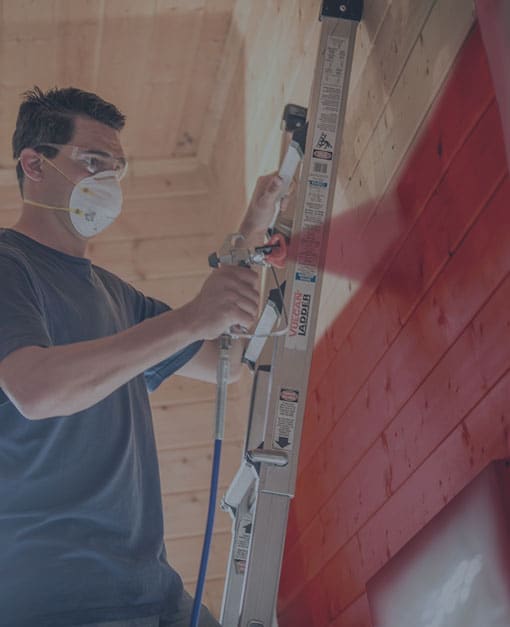
Turbine HVLP Sprayers
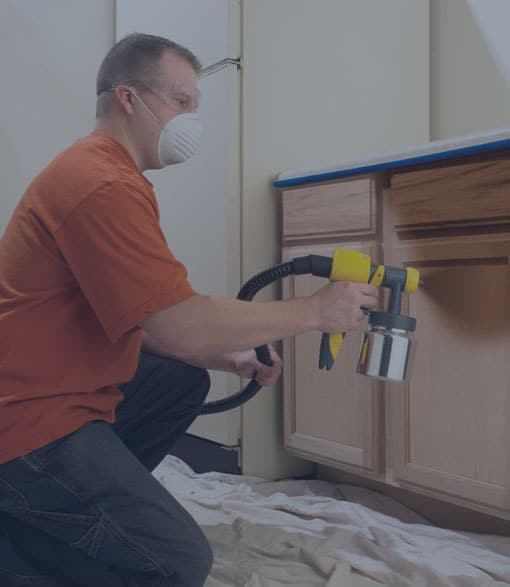
The most popular machines in the market, due to their affordability, straightforward operation, and versatility.
Offering greater portability than compressor-driven units and without the priming hassles of airless machines — these fan-driven sprayers are ideal tools for home users and semi-pros.
Featuring HVLP (high-volume low-pressure) tech, turbine sprayers cut back on overspray and wastage and allow for fine control — making them suitable for small-to-medium scale work where a blemish-free coat is crucial. They can propel both thin and dense mediums — although seriously dense latexes together with epoxies and textured paints may need thinning.
The category includes casual use handhelds like the Meterk, prosumer external-drive machines such as the Earlex 5500, and pro-grade sprayers like the Apollo Precision 5.
Pneumatic Sprayers
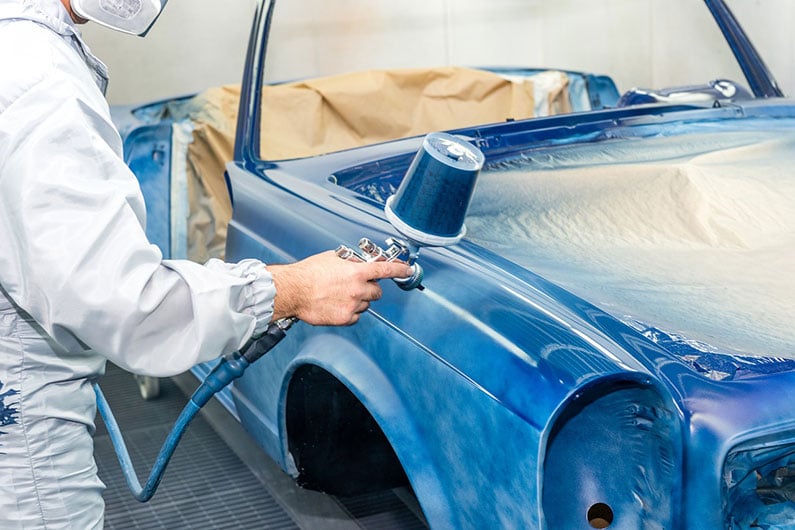
Conclusion
If your DIY projects or your trade contracts involve painting — forget the brush and roller and go for a sprayer.
Removing effort and tedium from what can be time-heavy work, these powerful machines not only speed up coverage but also turn a chore into a pleasure. What’s more, they deliver a pleasing final coat — without the brush marks, lost bristles, and roller stipple concomitant to manual methods.
For casual use, opt for a handheld HVLP gun. If your work involves extensive areas, look for an external drive turbine. Where the ultimate finish is required, check out the pneumatic guns. And for the mother-of-all projects and delivery of the thickest mediums — go for an airless machine.
Whether you’re tackling a car respray, total home renovation, furniture finishing, arty crafting, or fence staining — you need one of the best paint sprayers.

